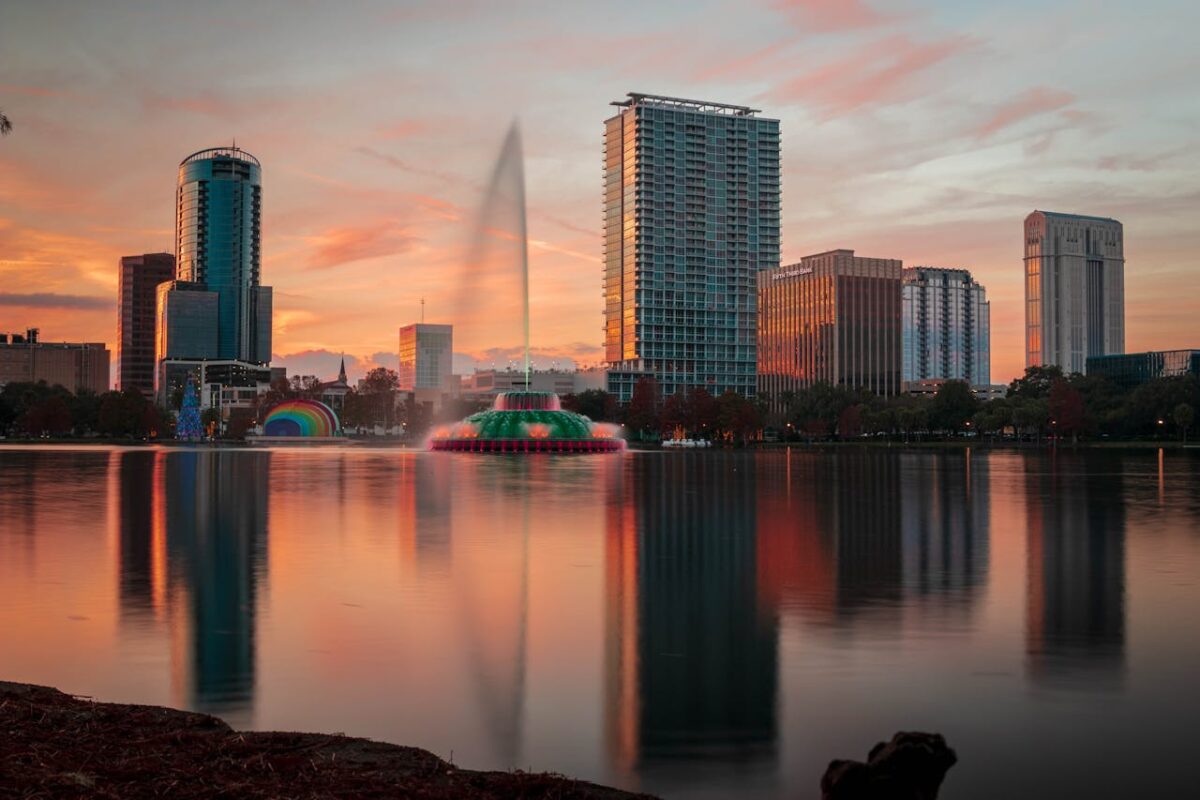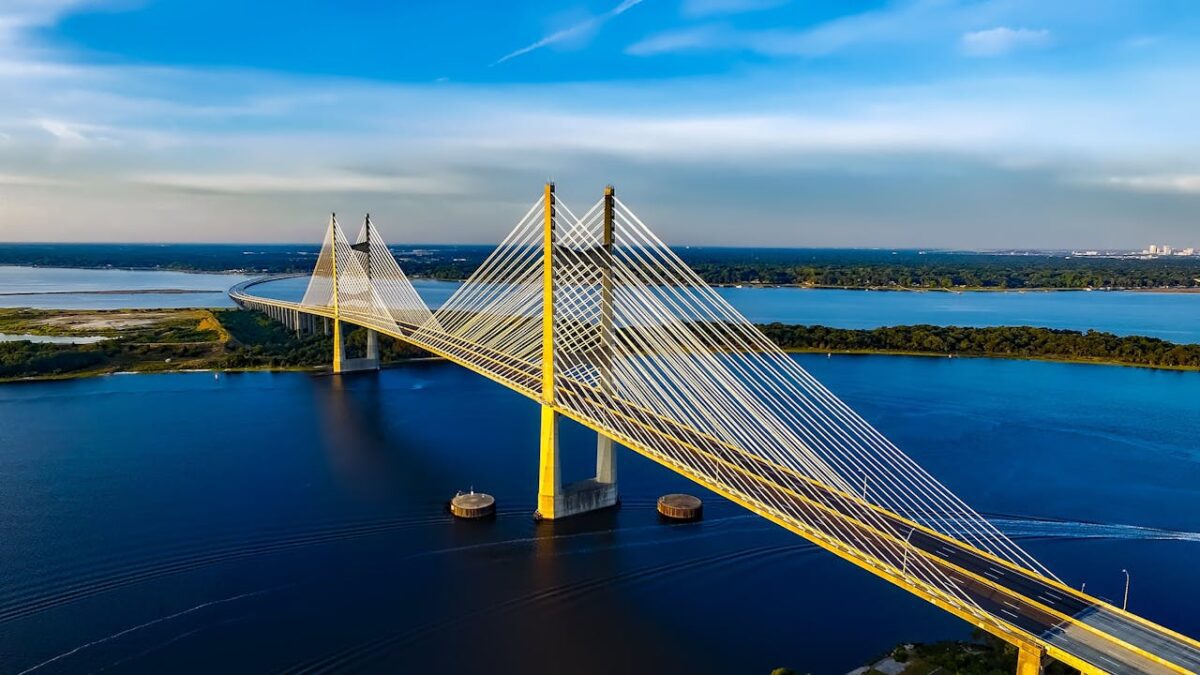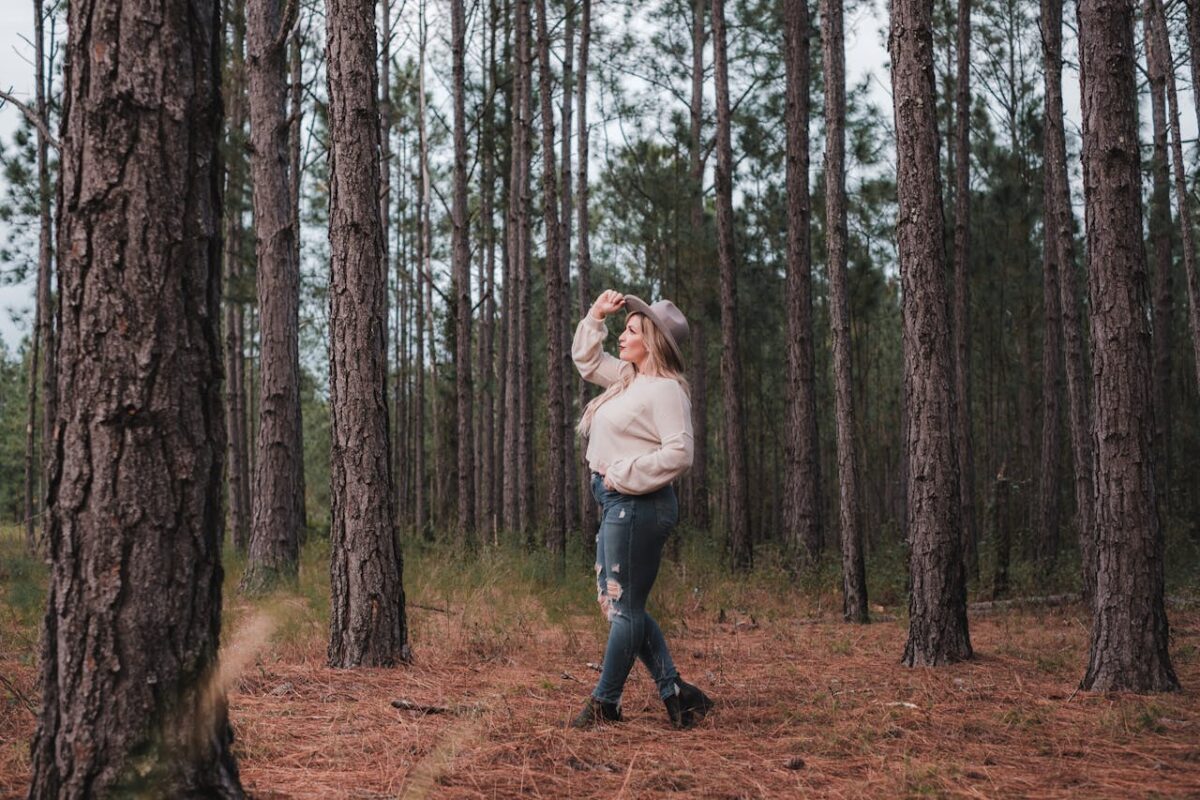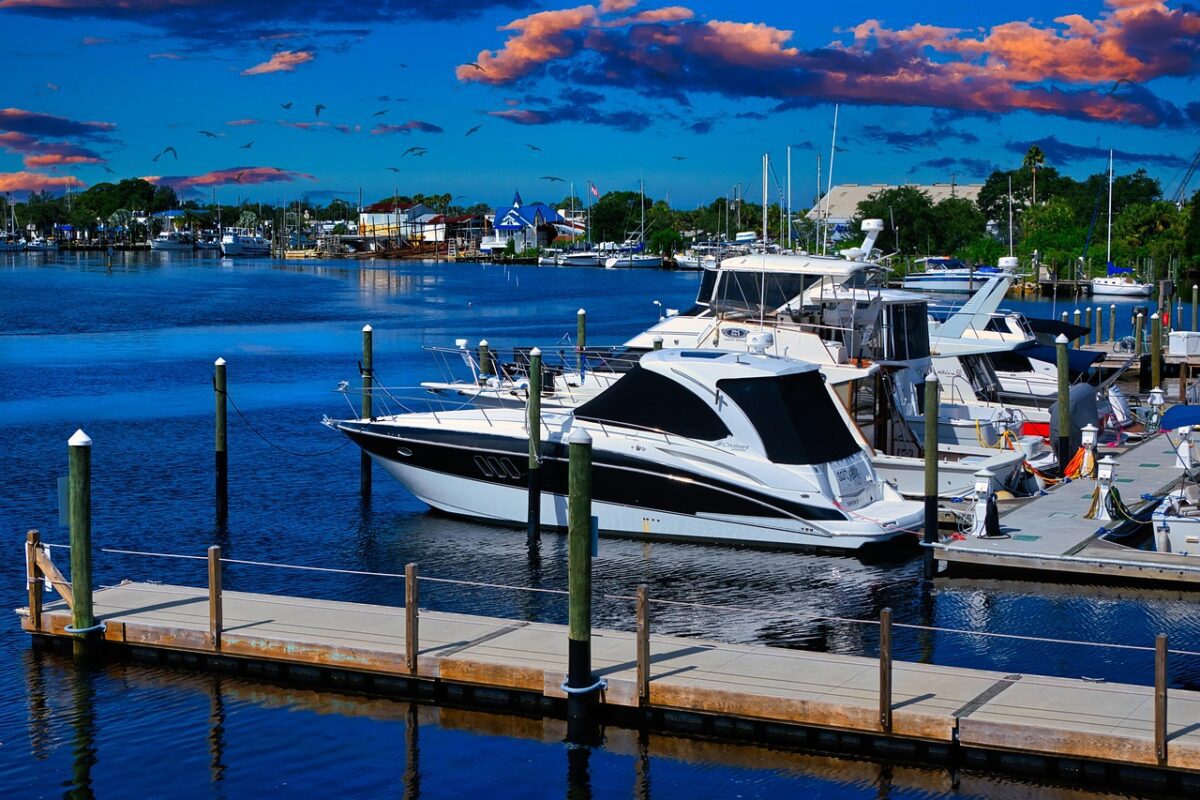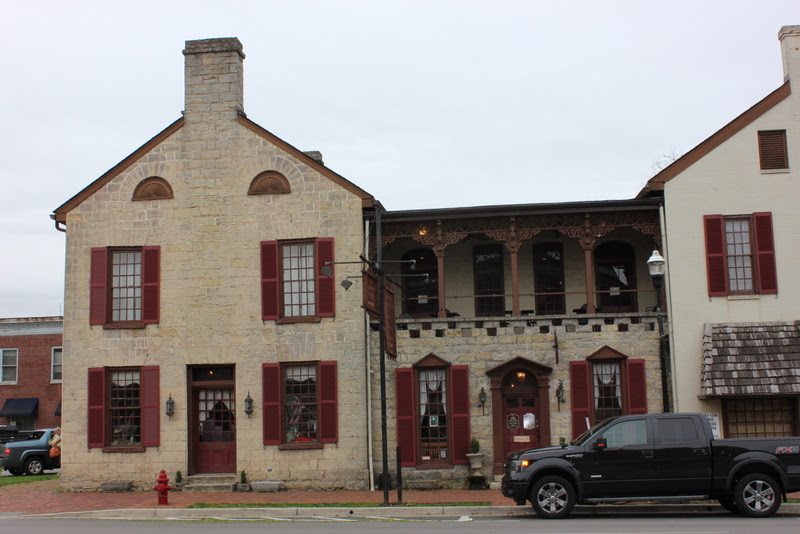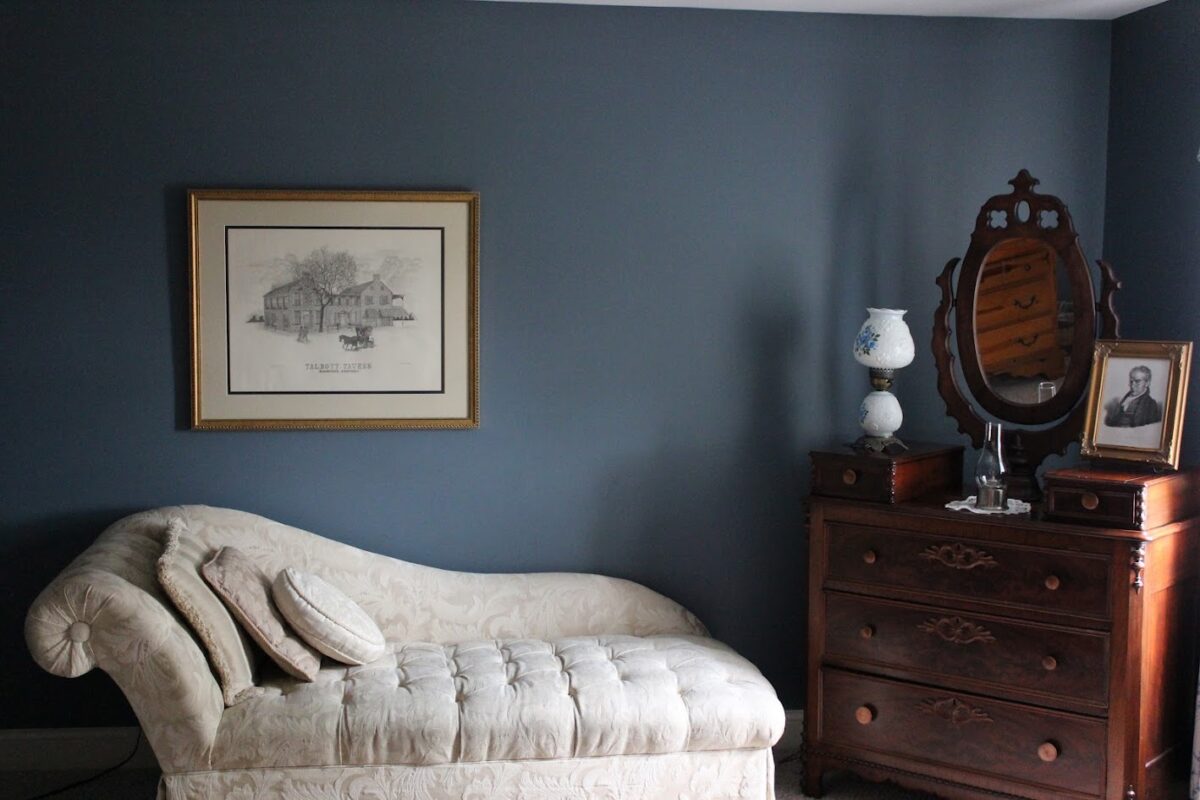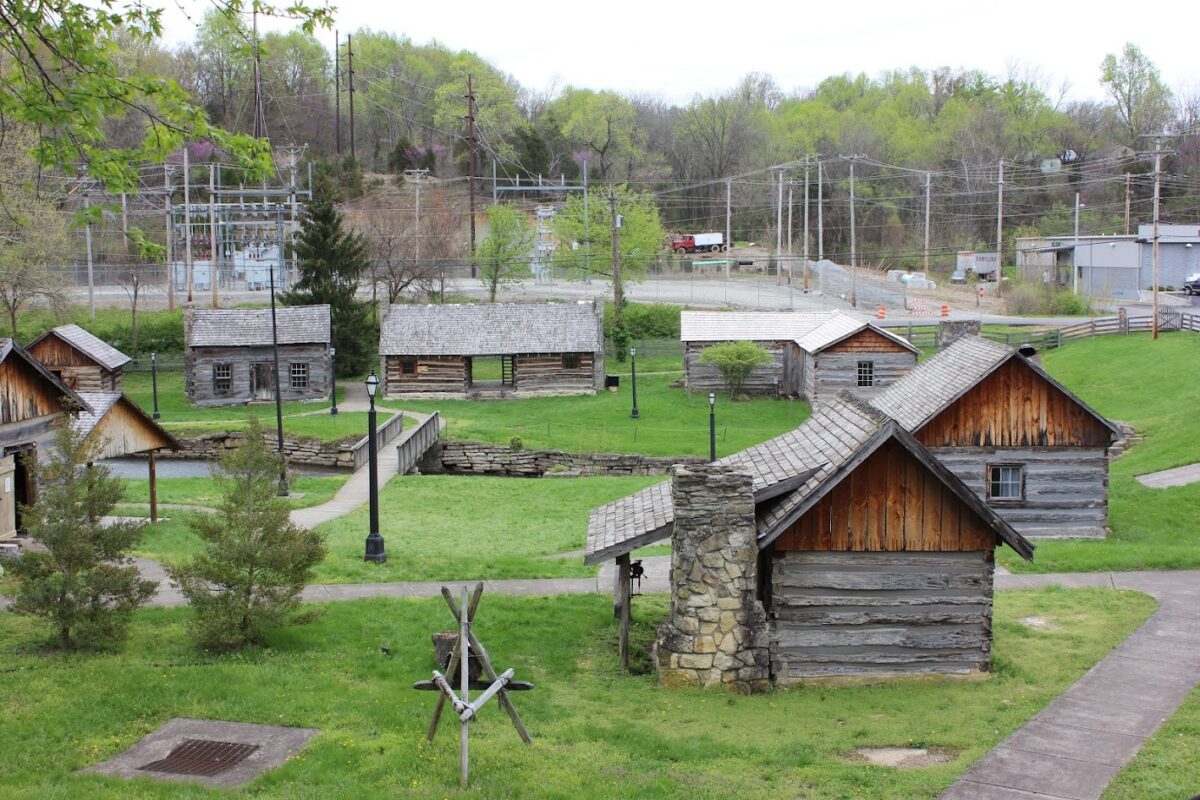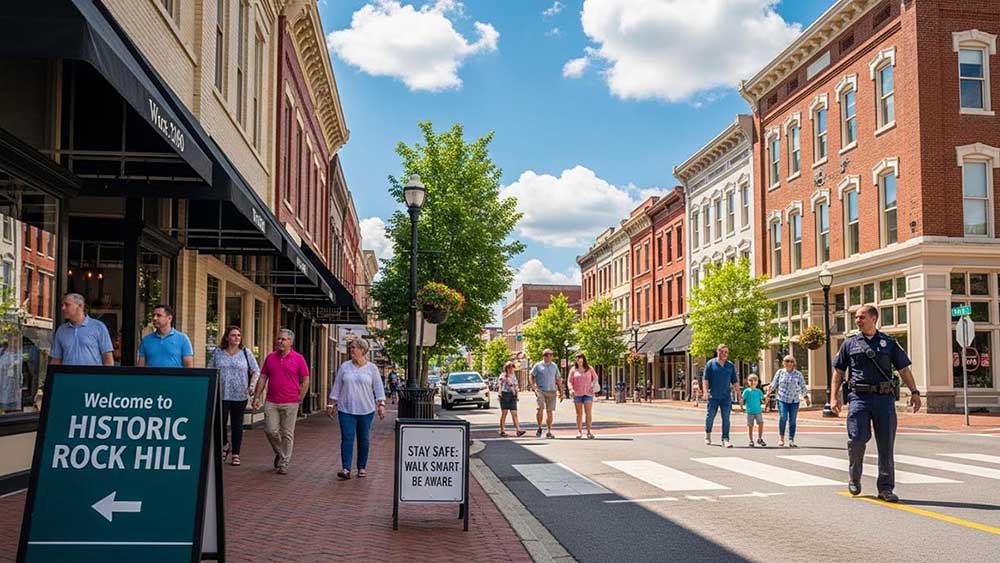
Rock Hill’s Downtown Historic District is a captivating destination with beautifully preserved late 19th and early 20th‑century buildings that showcase the city’s rich past. Along East Main Street, visitors enjoy charming shops, restaurants, art galleries, and landmarks like the old courthouse and historic churches.
As with any busy urban area, safety concerns exist. Crowds, traffic, and aging sidewalks can pose risks, so staying alert ensures an enjoyable visit. Most people explore downtown without problems, but awareness helps protect you and your loved ones while experiencing its unique blend of history and modern charm.
What Are the Main Safety Concerns in Downtown Rock Hill?
Downtown areas often present safety challenges that differ from suburban neighborhoods, and awareness is key to enjoying Rock Hill’s Historic District safely. One of the biggest concerns involves pedestrian and vehicle interactions. East Main Street, the district’s hub, sees heavy traffic where cars, cyclists, and walkers share space. Intersections near Rock Hill City Hall at 155 Johnston Street and along East Main can become especially congested during peak hours or community events.
Another issue is uneven sidewalks. While the city maintains downtown well, older walking surfaces sometimes show cracks, broken pavement, or uneven sections due to decades of wear. Festivals and seasonal celebrations also bring large crowds, creating risks of bumping into others, losing track of children, or missing hazards hidden by foot traffic that can cause injury. Staying alert helps ensure a safe, enjoyable visit.
A Rock Hill personal injury attorney from https://www.stewartlawoffices.net with over three decades of experience explains that many downtown accidents occur when property owners or the city neglect sidewalk safety, even though they are responsible for ensuring safe conditions for both visitors and residents. The attorney advises that if you’re injured due to dangerous sidewalks, poorly marked construction zones, or other hazardous conditions, you may have legal options.
The legal professionals at Stewart Law Offices have been protecting injury victims’ rights since 1995. Their Rock Hill office, situated at 1242 Ebenezer Road, serves clients who’ve been injured throughout the Historic District and surrounding areas. For immediate assistance with any downtown accident, contact their team at 803-328-5600.
How Can You Stay Safe as a Pedestrian Downtown?
Walking safely through downtown requires attention and awareness. Following these pedestrian safety guidelines significantly reduces your accident risk.
Use Crosswalks and Obey Signals
Always cross streets at designated crosswalks and wait for the walk signal before crossing. According to the National Highway Traffic Safety Administration, pedestrian deaths have increased significantly in recent years, with 7,314 pedestrians killed in traffic crashes in 2023. Many of these deaths occur when pedestrians cross outside of crosswalks or against signals.
Even when you have the right of way, look both directions before stepping into the street. Some drivers run red lights or fail to yield to pedestrians. Make eye contact with drivers when possible to ensure they see you before you cross.
Watch for Turning Vehicles
Be especially careful at intersections where vehicles are turning. Drivers making right turns on red might not notice pedestrians in the crosswalk. Similarly, left-turning drivers sometimes focus on oncoming traffic and miss pedestrians crossing.
Never assume a driver sees you just because you’re in a crosswalk. Stay alert and be ready to stop if a vehicle doesn’t yield.
Avoid Distractions While Walking
Put your phone away while walking through downtown. Looking at your phone prevents you from noticing traffic, uneven pavement, or other hazards. If you need to check your phone or take a photo, step to the side out of the flow of foot traffic and away from the street.
Remove headphones or keep the volume low enough to hear traffic and other sounds around you. Being aware of your surroundings is crucial for pedestrian safety.
What Should You Watch for on Sidewalks and Walking Paths?
Safe walking requires attention to the surfaces beneath your feet, not just the traffic around you.
Look for Uneven Pavement and Trip Hazards
Watch for cracks, holes, raised sections, or broken pavement as you walk. These defects are easy to miss if you’re looking at buildings, talking with friends, or distracted by your surroundings. A momentary inattention can result in a twisted ankle or a serious fall.
Pay extra attention after dark when poor lighting makes it harder to spot hazards. If you’re visiting downtown in the evening, bring a small flashlight or use your phone’s flashlight feature to illuminate your path.
Be Cautious Around Construction Areas
Downtown areas undergo regular maintenance and improvement projects. Construction zones may feature temporary barriers, uneven surfaces, or unexpected obstacles. Follow all posted warning signs and take alternate routes when possible.
If construction areas aren’t properly marked or secured, they create dangerous conditions. Property owners and contractors have a legal responsibility to warn pedestrians about hazards and protect public safety.
Watch for Weather-Related Hazards
Rain creates slippery surfaces on sidewalks, especially on smooth concrete or metal grates. Slow down when walking in wet conditions and test your footing carefully.
In winter, ice poses a serious hazard. Even small patches of ice can cause dangerous falls. Wear appropriate footwear with good traction and take smaller, slower steps when walking on potentially icy surfaces.
How Can You Keep Your Belongings Safe Downtown?
Protecting your valuables is just as important as physical safety when visiting downtown. Stay alert in crowded areas, as thieves often target distracted people. If someone seems suspicious, move toward a busy, well‑lit spot or enter a store. Carry purses across your body, keep wallets in front pockets, and never leave phones or bags unattended at outdoor seating.
When parking, choose visible, well‑lit spaces, lock doors, and keep belongings out of sight. Awareness and prevention help keep your visit secure.

What Safety Precautions Should You Take When Visiting With Children?
Children require extra supervision in busy downtown environments where traffic, crowds, and hazards are common. Staying proactive helps keep them safe while enjoying the Historic District.
- Hold hands together
- Teach traffic safety
- Set meeting point
Ensure children stay close and hold hands in crowds and when crossing streets. Teach them pedestrian safety (crosswalks, signals, cars) by modeling good behavior. Designate a meeting spot and point out recognizable landmarks in case of separation. This preparation makes for a safer, more enjoyable family visit downtown.
Frequently Asked Questions
What should I do if I trip on a broken sidewalk in downtown Rock Hill?
First, get medical attention. Then, document the hazard with photos, note the location, and report it to the city. If injuries are significant, consult a personal injury lawyer about a premises liability claim against the city or property owner.
Are there enough crosswalks in downtown Rock Hill?
Use crosswalks at major intersections in Downtown Rock Hill. Avoid crossing mid-block, as walking to the nearest crosswalk is always safer than jaywalking, despite the longer distance.
Is downtown Rock Hill safe to visit at night?
Downtown Rock Hill is typically safe at night, particularly in busy, well-lit areas near dining and entertainment. Still, practice standard urban safety: stay in populated areas, park visibly, and be aware of your surroundings.
